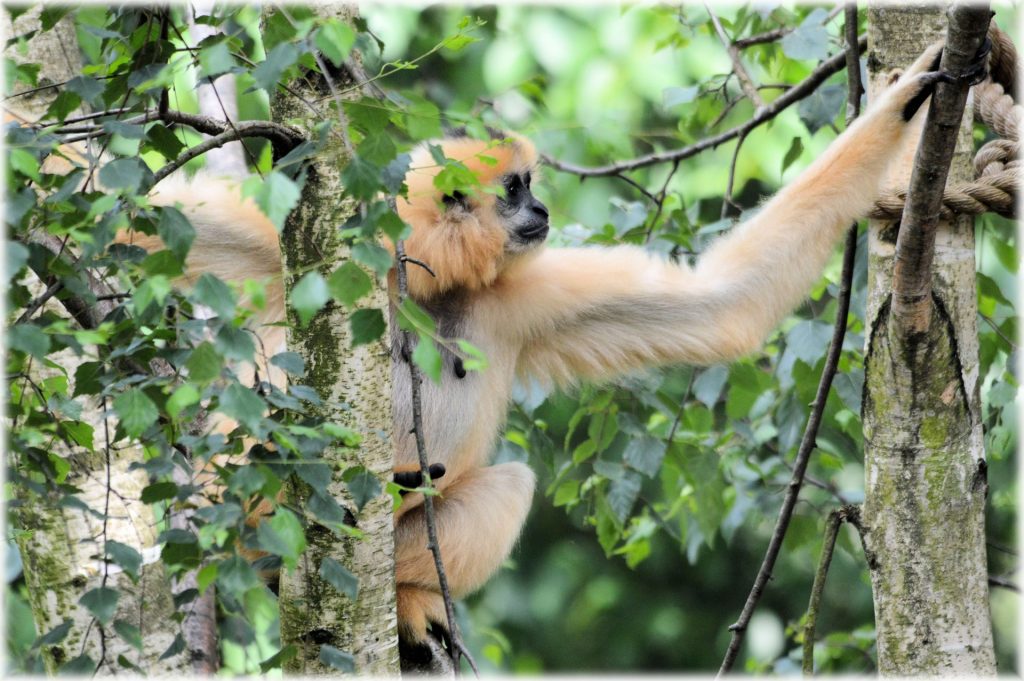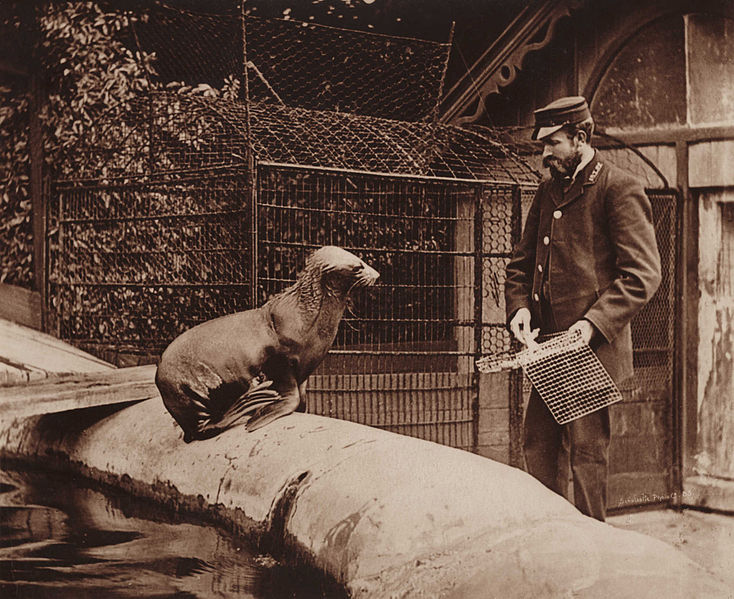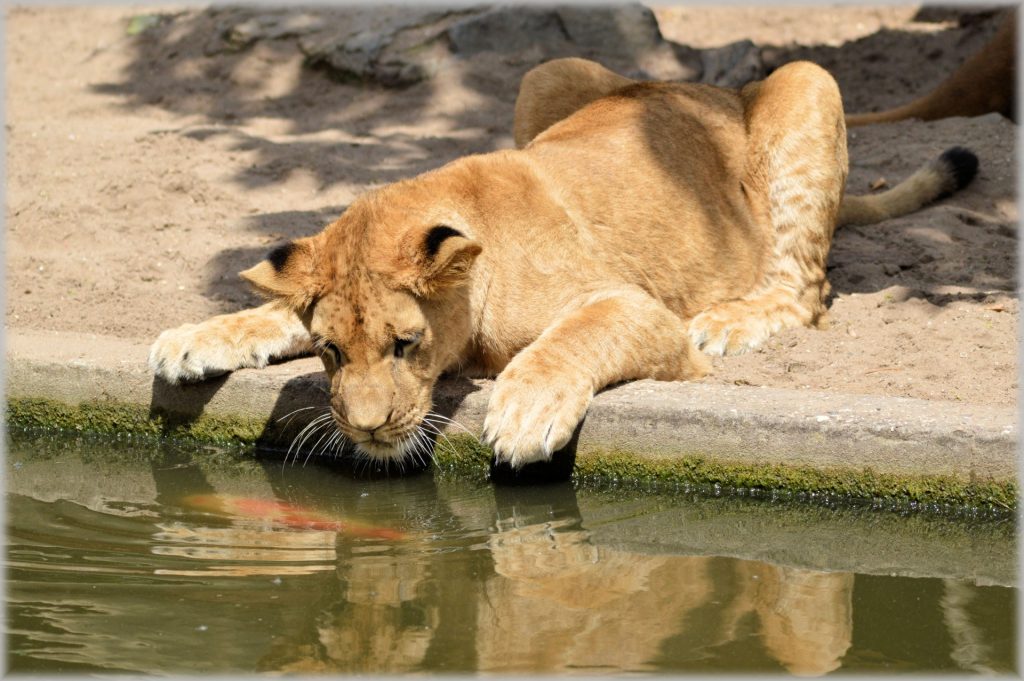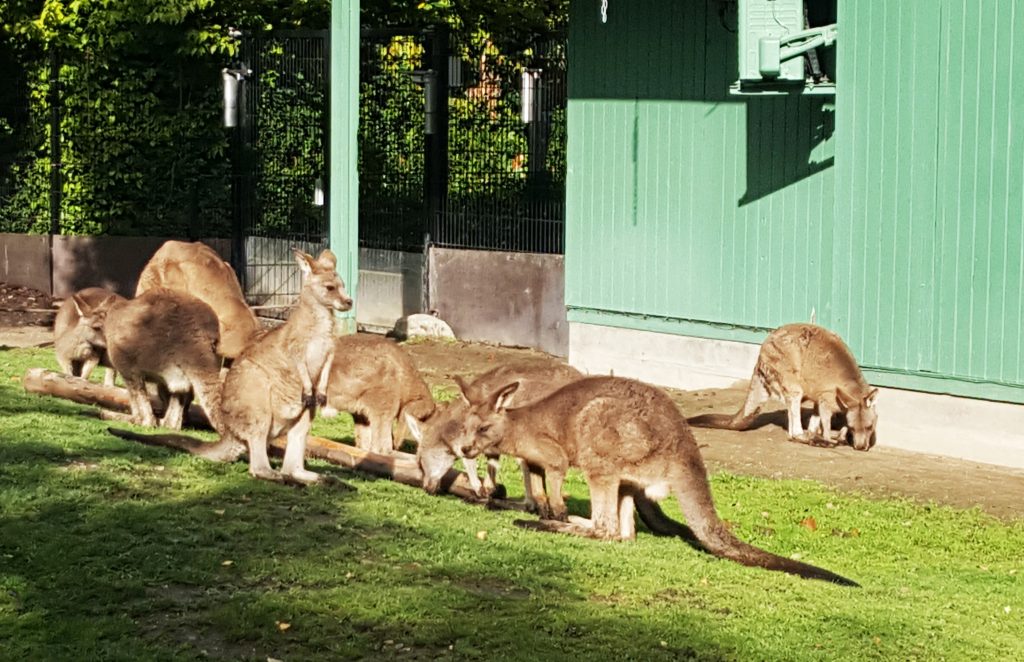There are not many people in the world who haven’t visited a zoo or safari park in their lifetime. Not only is a trip to the zoo a fun day out, it is a chance for many people to get relatively close to animals they are unlikely to see elsewhere.

Zoos are run to a strict standard, with licences and regular welfare checks all being required. Despite these standards, many individuals are against animals living in captivity and being “paraded” in front of people for monetary gain.
Others believe, for many animals, captivity is the only way their species will survive extinction. What you choose to believe is entirely your choice, but it may help to hear the opposing arguments.
Benefits or Pros
The average zoo today is a far cry from the zoos of old when cement cages and steel-bar enclosures were commonplace.

A much more natural approach is taken these days, with modern zoos using streams and moats to prevent animals from leaving a specific area.

The animals are also housed in what is known as a mini-habitat, this means the enclosure where that particular animal lives is as close to its natural habitat as possible. When a zoo wishes to acquire a new animal, there is a strict procedure to follow.

In the past, representatives from the zoo would simply capture the desired animal from the wild and bring it back. Now zoos are required to either get animals from other zoos or through specialist captive breeding projects. Breeding programs are focused on breeding animals that face extinction, meaning captivity is the only chance some animals have at survival.
On odd occasion a zoo may adopt an abandoned or orphaned animal, usually from individuals who have bought an animal for a pet that they can no longer look after properly.
Whereas in the past, staffs were trained in general zoo upkeep, zookeepers now have specialist knowledge and often specialise in a particular animal. As well as understanding the animal’s food and sleep requirements, each zookeeper will be in charge of arranging activities for their animal to prevent mental deteriation. This may be a game, involve toys or a simple treasure hunt for dinner. This prevents the animals from becoming bored and depressed.

One of the most valuable benefits a zoo has to offer is the chance for scientists to conduct important research. This subsequently helps the scientists develop new ways to improve each animal’s wellbeing, as well as important new medicines. Most zoos also run education programs, which teach people everything they need to know from caring for animals to taking part in conservation projects.

These important educational sessions provide the general public with an insight into not only zoo life but the harsh reality of illegal hunting, endangered animals and extinction.
Perhaps even more importantly, in recent decades zoos have contributed to a widespread collaboration with workers in various National Parks to locally support the work of saving endangered species as well as improving the living conditions of all the animals in the parks.
Cons
The main argument against zoos is the belief by some professionals that, even with the best intentions and conditions, a zoo cannot provide the perfect environment for every type of animal.
For example, it is extremely difficult for zoos to recreate the natural environment that an elephant is used to living in. This is because in the course of a day an elephant can walk anywhere up to 50 kilometres a day. Elephants also travel in packs of thirty or forty in the wild. In most zoos, elephants will usually have just several acres to walk around in and maybe a couple of other elephants if they are lucky.
All zoos and safari parks have to adhere to guidelines laid down in the Animal Welfare Act. While these guidelines are extremely strict, some anti-zoo campaigners believe it is rarely enforced and zoos tend to follow a relaxed version of the rules.
People against animals being kept in zoos are also unimpressed with the attempts to create an animal friendly habitat for each occupant. They argue that these habitats, while attractive and a vast improvement on the past, are rarely big enough and do not prevent the animals from becoming depressed. For example, animals such as giraffes and zebras were designed, and are built, to run across miles of terrain, something they cannot do in captivity.
Anti-zoo supporters also argue that by making animals live in artificial surroundings the zoo is messing with natural mating and hunting activities. According to scientists, this can cause something called zoochosis in the animal, which is similar to the human Obsessive-Compulsive Disorder (OCD). Another problem is privacy, because the animals are living in habitats that are often extremely smaller than they are used to, the animal cannot enjoy much needed privacy. This can cause depression and obsessive behavior in the animals.
While all conservation efforts must be admired, for those people against keeping animals in a zoo it is all a pointless exercise. For example, in the last century there have been 167 attempts to reintroduce a certain species, of which only 16 have been successful. While this figure is certainly better than nothing, protestors believe the success rate is not worth the suffering endured by the animals that are alive and living in captivity. Protestors even go as far as saying that zoos are no longer a benefit to people, after a study showed the average time an individual stood at each animal display was less than one minute.
Conclusion
There is no denying that the animals kept in zoos argument is a bit of a hot potato but both sides of the argument make valid points. At the end of the day, everyone involved, from members of the public and zookeepers to conservation specialists and scientists all have one common interest – to ensure the welfare of the animal. As long as the focus remains on keeping the animals happy and healthy, the argument for and against can rage on.